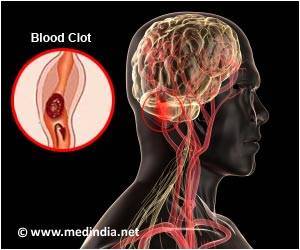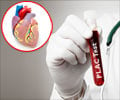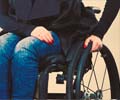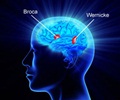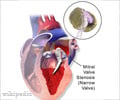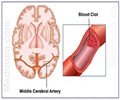Now promising new options open for stroke patients, as some acute stroke patients could benefit from neuroendovascular surgery 6 to 24 hours after a stroke.
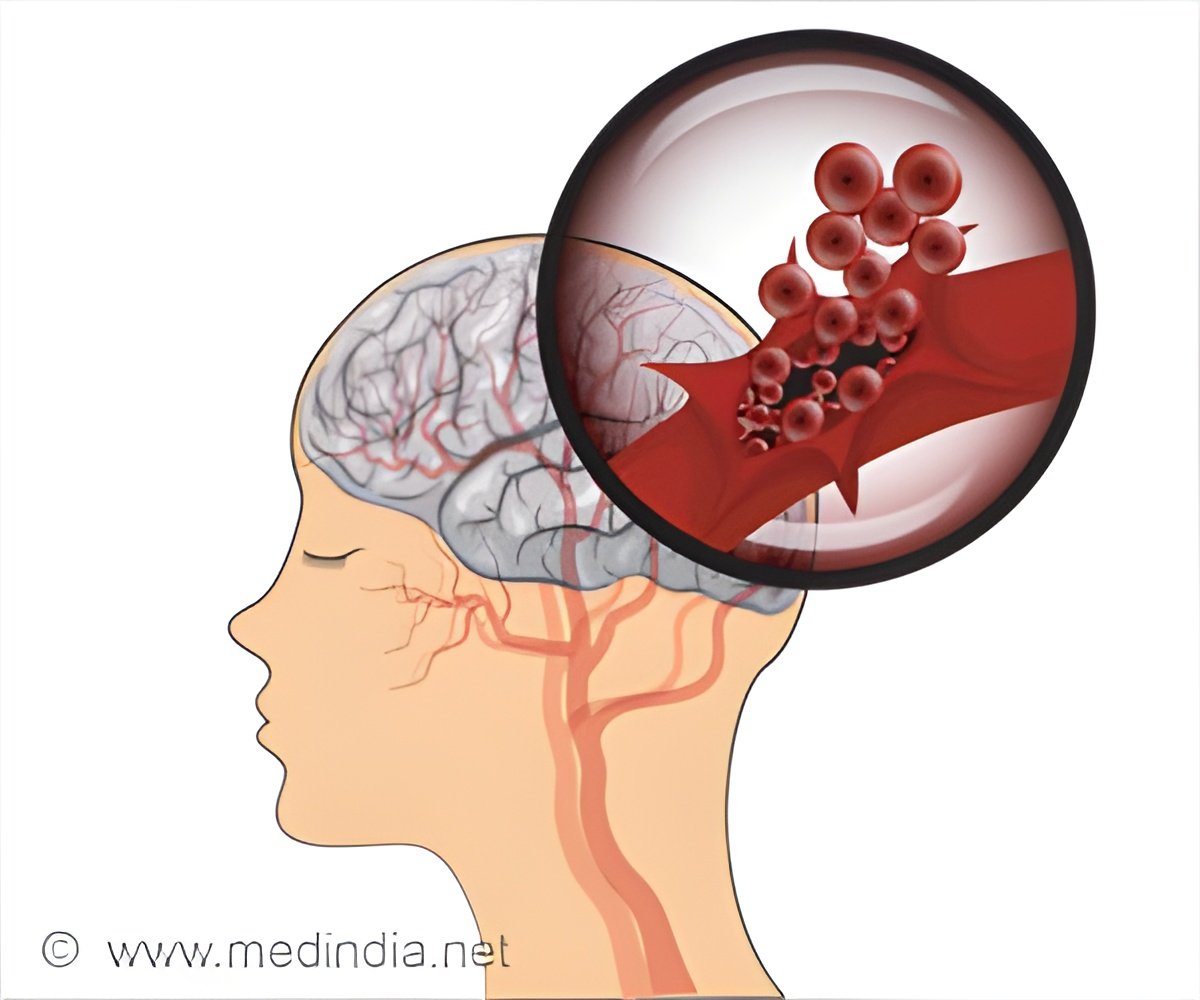
‘People who have larger strokes may be permanently paralyzed on one side of their body or lose their ability to speak. Some people recover completely from strokes, but more than 2/3 of survivors will have some type of disability.’





"The results of this trial offer tremendous promise of reduced disability to patients who can still be treated after the 6-hour window and for whom until now there were no other evidence based treatment options," said co-principal investigator Tudor Jovin from the University of Pittsburgh Medical Center. The study, DAWN in full daylight (DWI or CTP Assessment with Clinical Mismatch in the Triage of Wake Up and Late Presenting Strokes Undergoing Neurointervention, compared patient outcome 90 days after a thrombectomy using the Trevo Retriever and medical management or after medical management alone. Patients were considered for the trial if they had a stroke that began within 6 to 24 hours, or had an unknown time of onset (such as stroke discovered upon waking). Researchers also considered a patient's age, the severity of their stroke symptoms and whether the patients had a clinical core mismatch: a small area of damaged brain tissue but a larger area threatened but still alive.
The trial included 206 patients before enrollment was stopped at the recommendation of the Data Safety Monitoring Board after the study passed pre-specified probability thresholds for predicted success. The study will be presented at the Society of NeuroInterventional Surgery's (SNIS) 14th Annual Meeting.
Source-ANI

